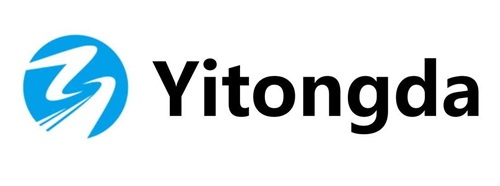How to Buy a Used Car with Confidence?
With the increasingly regulated used car market, more and more people are choosing used models to reduce costs. However, the fear of buying an accident-damaged or flooded car remains a concern for many. However, by mastering the three key principles of "choosing the right channel, thoroughly verifying the vehicle's condition, and carefully following the process," you can confidently buy a reliable used car.

The first step is to prioritize "legitimate channels" to build a secure foundation. Avoid trusting individual street dealers or unauthorized platforms. Instead, prioritize branded used car dealerships, certified used cars from 4S stores, or large online platforms (such as Yitongda Used Cars). These platforms typically conduct preliminary vehicle screenings, and some even display vehicle maintenance records, mitigating risk at the source. If considering a private transaction, be sure to request the other party's ID card, driving license, and motor vehicle registration certificate to confirm the vehicle is unsecured or unsealed.
The second step is to verify the vehicle's condition from multiple perspectives. Vehicle condition is crucial for a confident purchase. Beyond visually inspecting the paint (for color variations, repainting marks) and tire wear (for consistency in production dates), professional tools are also essential. First, use a professional vehicle inspection platform to enter the VIN number and check the vehicle's maintenance, repair, and accident records, focusing on any major accidents, water damage, or fires. Second, consult a third-party inspection agency and have a technician use equipment to test the engine and transmission, identifying potential hazards like oil leaks and unusual noises. The inspection report can serve as a basis for the transaction, avoiding future disputes.
The third step is to closely monitor the transaction process. When signing a contract, be sure to clearly specify the vehicle information (Vehicle Number, mileage, and condition), warranty coverage, and liability for breach of contract. Include commitments such as "no major accidents, no water damage, and no fire damage" and avoid verbal agreements. When making payments, prioritize "third-party fund escrow" and wait until the transfer is complete and the new driving license is obtained before disbursing funds directly to individuals. After the transfer, promptly complete the insurance transfer and verify the policy information to ensure the vehicle is valid, avoiding being left without coverage after driving.
For one month after purchasing the vehicle, monitor its driving status and contact the dealer immediately if any issues arise. By following these three steps, you can effectively mitigate risks and easily enjoy the value of a used car.


